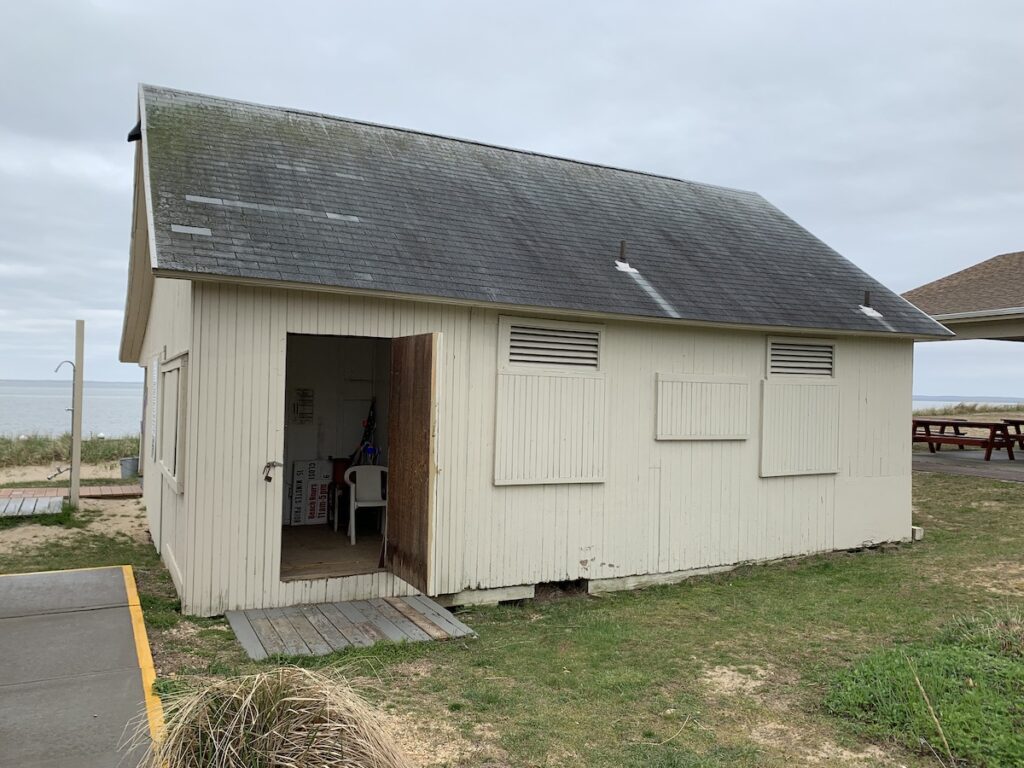To trick or treat or not? CDC outlines guidelines for safely celebrating Halloween

Under normal times, Halloween falling on a Saturday would be cause for celebration for kids eager to spend as much time as possible hunting for candy while dressed as a ghost or goblin.
Alas, little about 2020 has been normal.
With the COVID-19 pandemic still disrupting everyday life, parents may be wondering how they should handle the typically fun and festive Halloween holiday.
The Centers for Disease Control and Prevention has published recommendations for approaching the holiday and steps that can be taken to limit risk of exposure or spreading COVID-19.
“Many traditional Halloween activities can be high-risk for spreading viruses,” the CDC noted in its guidance. “There are several safer, alternative ways to participate in Halloween.”
The CDC published a list of Halloween activities broken down between lower risk, moderate risk and higher risk.
Traditional trick-or-treating falls under higher risk. Other high risk activities include a trunk-or-treat event where treats are handed out from trunks of cars lined up in large parking lots is also considered a high-risk activity, crowded indoor costume parties, indoor haunted houses, and hayrides or tractor rides with people not in your household are all considered high-risk activities as well.
There are ways to limit the risk of traditional trick-or-treating.
The CDC recommends:
• Avoiding direct contact with trick-or-treaters.
• Give treats outdoors, if possible.
• Wash hands before handling treats.
• Bring hand sanitizer for use after touching objects or other people
The CDC lists as a moderate risk participating in “one-way trick-or-treating where individually wrapped goodie bags are lined up for families to grab and go while continuing to social distance (such as at the end of a driveway or at the edge of a yard).”
Another moderate risk activity the CDC says is having a small group in an outdoor, open-air costume parade where people maintain social distancing.
One key point the CDC advises is that a costume mask does not serve as a substitute for a cloth mask.
“A costume mask should not be used unless it is made of two or more layers of breathable fabric that covers the mouth and nose and doesn’t leave gaps around the face,” the CDC says.
Kids should avoid wearing a costume mask over a cloth mask because it can be hard to breathe. A Halloween-themed cloth mask is recommended.
There are plenty of low-risk activities the CDC says can be safe alternatives, such as familiar traditions of carving and decorating pumpkins. Other recommendations include a Halloween scavenger hunt “where children are given lists of Halloween-themed things to look for while they walk outdoors from house to house admiring Halloween decorations at a distance.”
Other examples include:
• Virtual Halloween costume contest
• Halloween movie night with people you live with
• Decorating your house or living space








